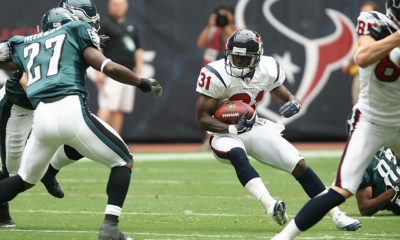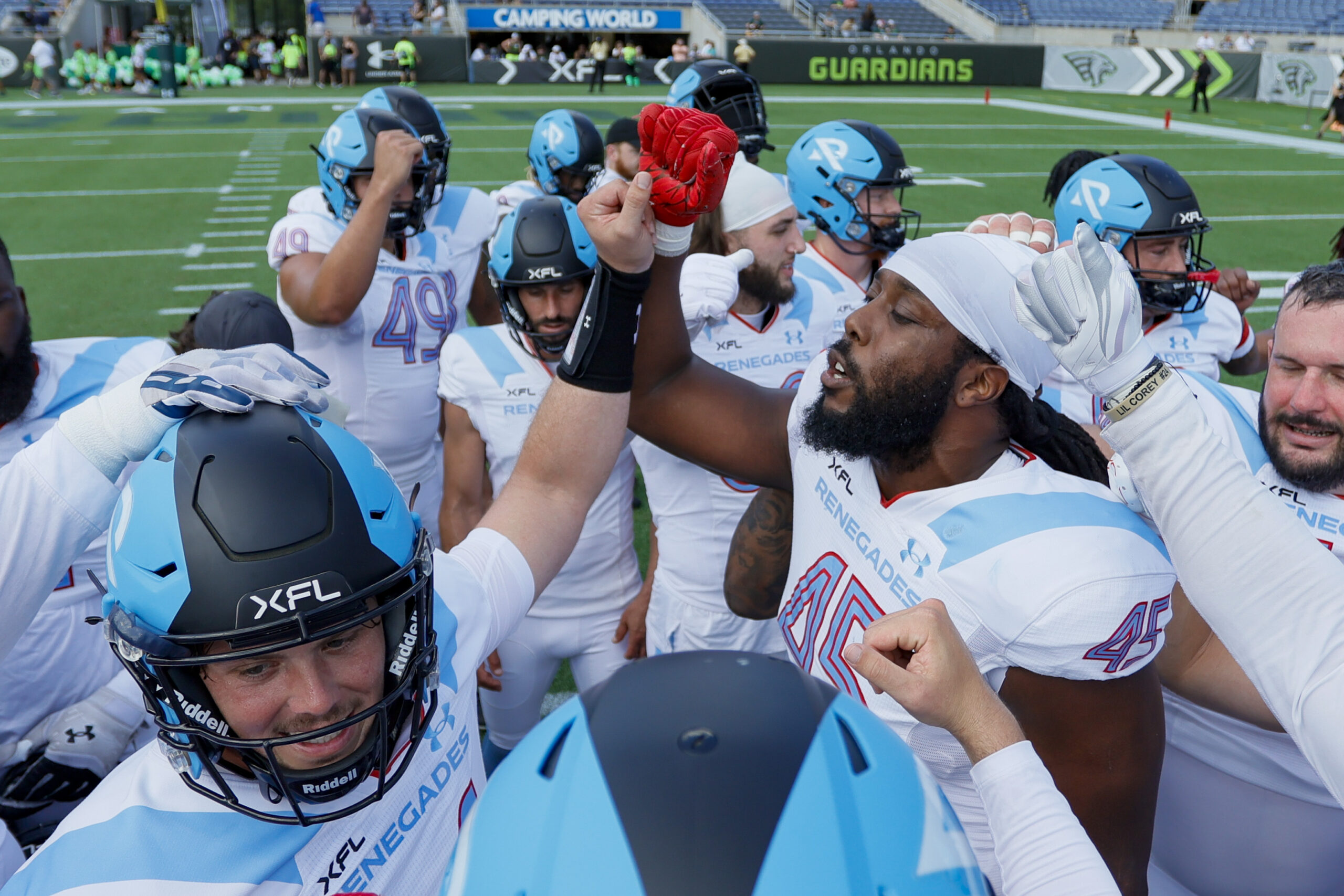The XFL is making waves as it sets a new standard for sports audio in broadcasting. With more player, coach, and officials’ microphones than any other sports broadcast, the XFL offers a unique and immersive experience for viewers. Ed Placey, VP of Event and Studio Production Group at ESPN, has been at the forefront of this innovation. He talked with Dan Daley from SVG about the 2023 XFL season.
ESPN’s Ed Placey: “XFL football has been very fulfilling, and a lot of that has been because of the audio technology.”
The XFL is using more strategic microphone arrays, including parabolic and shotgun mics, to capture a plethora of audio from players, coaches, sideline reporters, and officials. The league is also building trust with its stakeholders by managing audio access responsibly and thoughtfully.
Ed Placey: “We’re trying to make a case not just within the XFL but by extension to all of our sports that, with planning and trust, we can get to a point of managing this type and amount of audio access responsibly and thoughtfully, rather than just going rogue with it.”
The XFL’s groundbreaking use of audio technology has caught the attention of other leagues, which have reached out to ESPN for insights into their process and workflows.
Ed Placey: “The response to that has been pretty universal that, Hey, we need to see more of this in other sports.”
The XFL postseason, which concludes with the XFL Championship game on May 13, is set to feature even more audio and video access, pushing the boundaries of immersive sports broadcasting.
Other highlights from the SVG article:
- The XFL features real-time communication between coaches, players, and officials, providing a more intimate view of the game’s process for fans.
- ESPN encourages its audio crew to be proactive and stay ahead of the game’s narrative, resulting in a more dynamic audio experience.
- Announcers in the XFL are instructed to listen more than they talk during key audio moments, allowing the game to speak for itself.
- The XFL’s innovative audio approach has influenced other sports, such as baseball and golf, to incorporate more in-game audio access.











